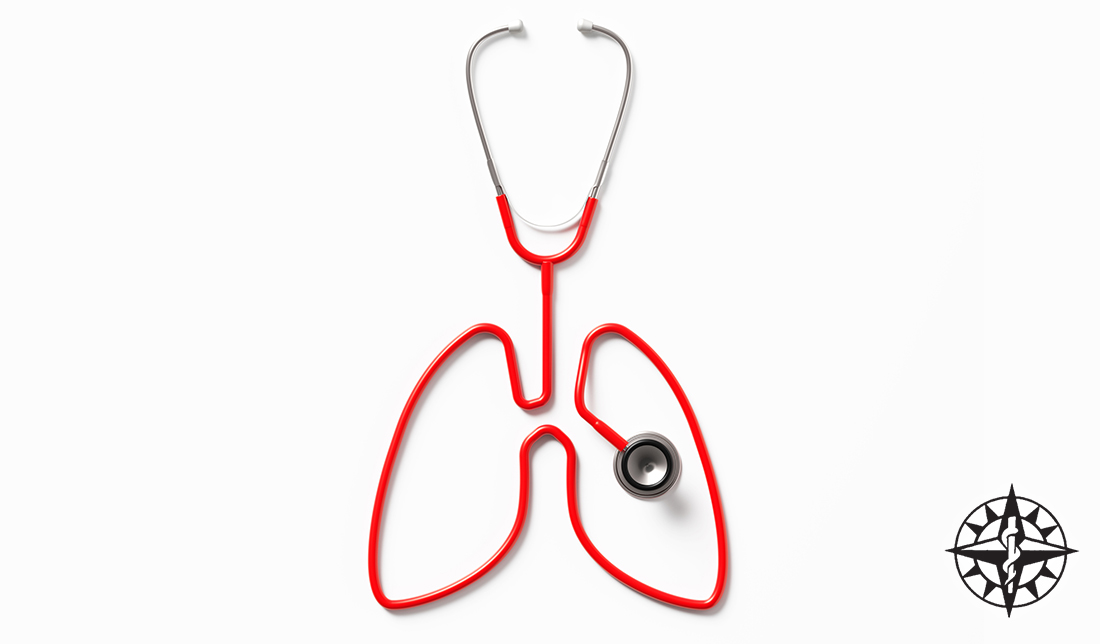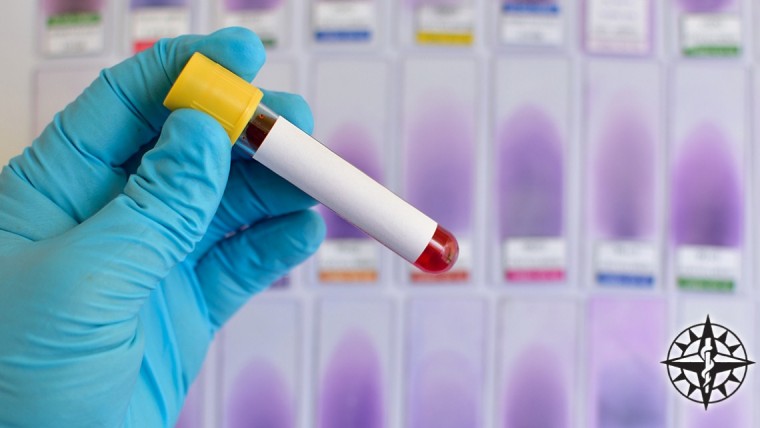Published on: April 14, 2022
What is MAC Lung Disease?
MAC Lung Disease is an uncommon infection caused by Mycobacterium Avium Complex (MAC). It has a thick, protective, and waxy cell wall, and found in dust, soil, and water. While most people come into contact with the MAC bacteria, only a few become infected and are severely impacted by it.
People over the age of sixty-five or anyone with an underlying health condition, especially lung-related diseases, are more at risk for infection caused by the MAC bacteria. The MAC bacteria is a form of nontuberculous mycobacteria (NTM), meaning it is different from tuberculous and is not contagious. Around 86,000 Americans have some form of NTM infection with 80% of those being MAC Lung Disease (Cleveland Clinic).
There are two types of MAC Lung Disease that target different patients. The most common type, Nodular Bronchiectatic, occurs when infection slowly grows in the airways creating large nodules. If untreated, there is a higher chance of developing bronchitis and pneumonia. The most severe type, Fibrocavitary Disease, occurs when the infection has created a cavity or “hole(s)” in the lung tissue. These patients need more immediate treatment to get the infection under control. Regardless of the type of MAC Lung Disease, it is important to take it seriously to maintain the health of the lungs and preserve overall quality of life.
Causes
MAC Lung Disease occurs when the Mycobacterium Avium Complex bacteria enters the lungs and infection begins. From working in the garden, to taking a shower, people are exposed to MAC bacteria every day. Yet not everybody is impacted by it. Most people will never experience any issues due to this exposure.
However, in a small number of people who are at risk, this bacterium slowly grows in the lungs and can create irreversible damage to the airways. If you are a visual learner, watch the YouTube video below for a visual explanation of what MAC Lung Disease is and what causes it.
What Are the Symptoms?
Pulmonary / Lung MAC Infections: This is by far the most common form of infection caused by MAC. Infection starts slowly in the lungs and spreads throughout the respiratory system. For some, this may only last for a few weeks, but for others, it can progress and last for months or years depending on the severity of the infection. Some key symptoms of this specific infection are fever, cough, weight loss, fatigue, and night sweats.
Who Is the Most At-Risk?
While anybody can get MAC Lung Disease, some groups are more prone and at risk for infection. It is important to know if you are on the list for being at-risk so you can take the necessary precautions to maintain your health. Here is a list of at-risk patients for MAC Lung Disease:
- Pre-existing lung conditions from:
- COVID-19
- Tuberculosis
- Bronchiectasis
- Chronic obstructive pulmonary disease (COPD)
- Cystic fibrosis
- Emphysema
- Asthma
- Weakened immune system
- Cancer
- AIDS
- People over the age of sixty-five
- Women post-menopausal
- Smokers
*It is important to note that just because you may have one of the pre-existing lung conditions listed above does not mean you will get MAC Lung Disease. It only means that you are more susceptible to infection. If you have any worries or concerns that you may be at risk, reach out to your healthcare provider for more information.*
Diagnosis
If you are experiencing any of the symptoms above and fall into the at-risk criteria, then it is recommended that you get a diagnosis from your physician. Through a combination of physical exam findings, laboratory tests, cultures, x-ray, and CT scans, they can narrow down the type of MAC Lung Infection you have.
Keep in mind that culture results can take at least several weeks to allow the bacteria time to grow.
What Are the Treatment Options?
Treatment plans for MAC Lung Disease vary depending on the infection type and any pre-existing health issues. Since MAC Lung Disease is a slow-growing bacteria, it is important to act fast once you find out your diagnosis to prevent any long-term damage. Just like any other type of treatment, there will be monitoring for side effects and for response to treatment.
For Pulmonary MAC Infections, treatment with multiple antibiotics is needed as well as other non-pharmacological interventions . The bacteria can become resistant to medication over time so it is important to use a variety of antibiotics that will actively fight the infection. While some people may respond well to a cocktail of medicines, others may not be able to totally clear the bacteria.
Your healthcare provider will be able to customize a treatment regime that will best fight your MAC Lung infection. Watch the YouTube video below to learn more information regarding MAC Lung Disease treatment options.
Success Stories for MAC Lung Disease Treatment
Just like any other disease, it can be disheartening to receive a MAC Lung Disease diagnosis. It can leave you and your loved ones feeling uncertain and anxious. The great news about MAC Lung Disease is that the disease is treatable and often curable. Some of the best ways to boost your confidence and morale regarding treatment are through success stories. Whether you or someone you know has recently received this diagnosis, there are resources to help you stay connected with people with similar stories. Check out some of our top online support forums and success stories linked below.
- https://www.inspire.com/groups/american-lung-association-lung-disease/discussion/mac-success-storys/
- https://www.inspire.com/groups/american-lung-association-lung-disease/discussion/are-there-success-stories-for-mac-treatment/
- https://www.inspire.com/groups/american-lung-association-lung-disease/discussion/working-with-lung-disease/
Key Facts to Remember:
- Unlike Tuberculous, MAC Lung Disease is NOT contagious.
- Those who are older or have underlying health issues are most susceptible to getting this growing infection.
- Most people are exposed to NTM daily but will not develop MAC Lung Disease.
- People who smoke or have pre-existing lung conditions are more likely to develop MAC Lung Disease.
- If your healthcare provider suspects you have MAC Lung Disease, they will run chest x-rays, sputum cultures, and/or bronchoscopy.
It is important to note that while MAC Lung Disease can be life-threatening for immune-compromised individuals, it can also be treatable and curable for many others! MAC Lung Disease is classified as curable if the sputum cultures show no evidence of infection for 12 months (Cleveland Clinic).
Additional Research Resources:
- https://www.maclungdisease.org/frequently-asked-questions/
- https://my.clevelandclinic.org/health/diseases/22256-mac-lung-disease
- https://rarediseases.info.nih.gov/diseases/7123/mycobacterium-avium-complex
- https://www.uptodate.com/contents/treatment-of-mycobacterium-avium-complex-pulmonary-infection-in-adults?search=mac§ionRank=3&usage_type=default&anchor=H20&source=machineLearning&selectedTitle=1~150&display_rank=1#H1
Let Us Help You | Infectious Disease Associates of Tampa Bay
If you live in the Tampa metro area and diagnosed with NTM lung disease including MAC, Infectious Disease Associates of Tampa Bay (IDATB) has physicians experienced in treating this condition. IDATB also has access to research studies for Pulmonary NTM Lung disease. IDATB provides high-quality healthcare services for Floridians. If you are concerned that you might have NTM Lung disease, IDATB is here to help. With over 30 years of experience, IDATB is your best option for treating infectious diseases while providing an in-house lab for any necessary testing. If you have any questions or concerns about infectious diseases or MAC Lung Disease, then call IDATB at 813-251-8444.





